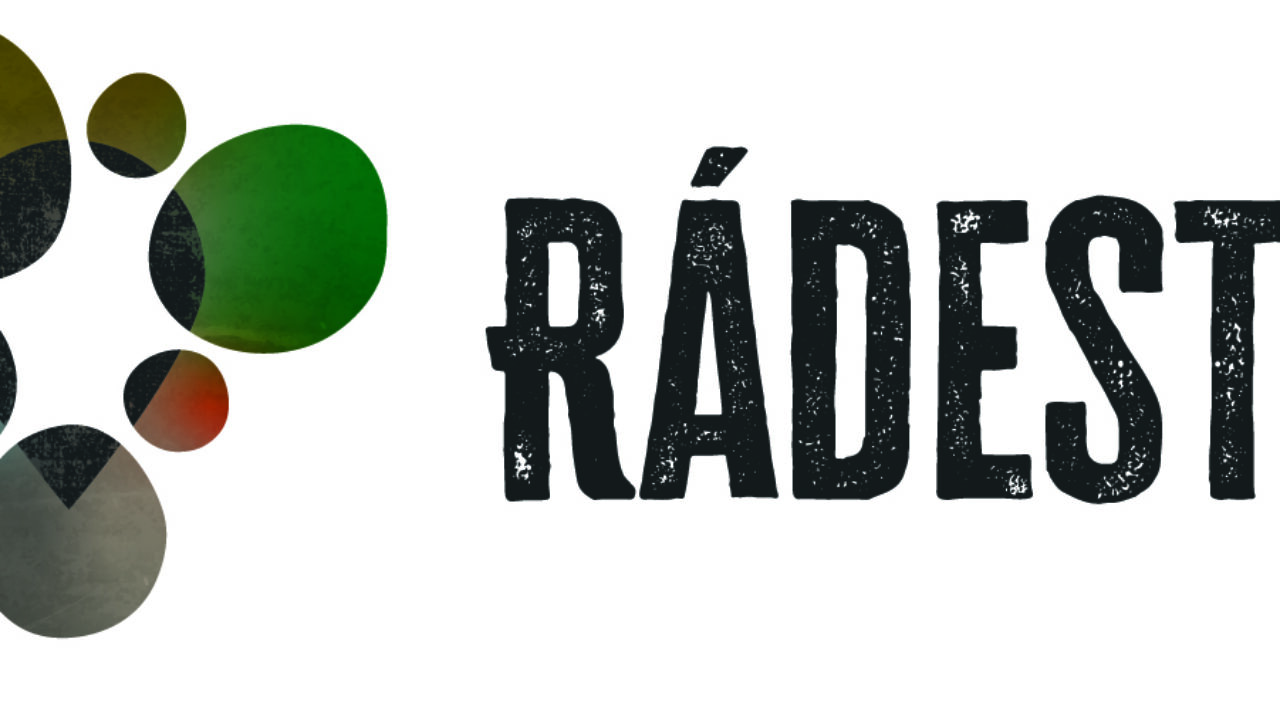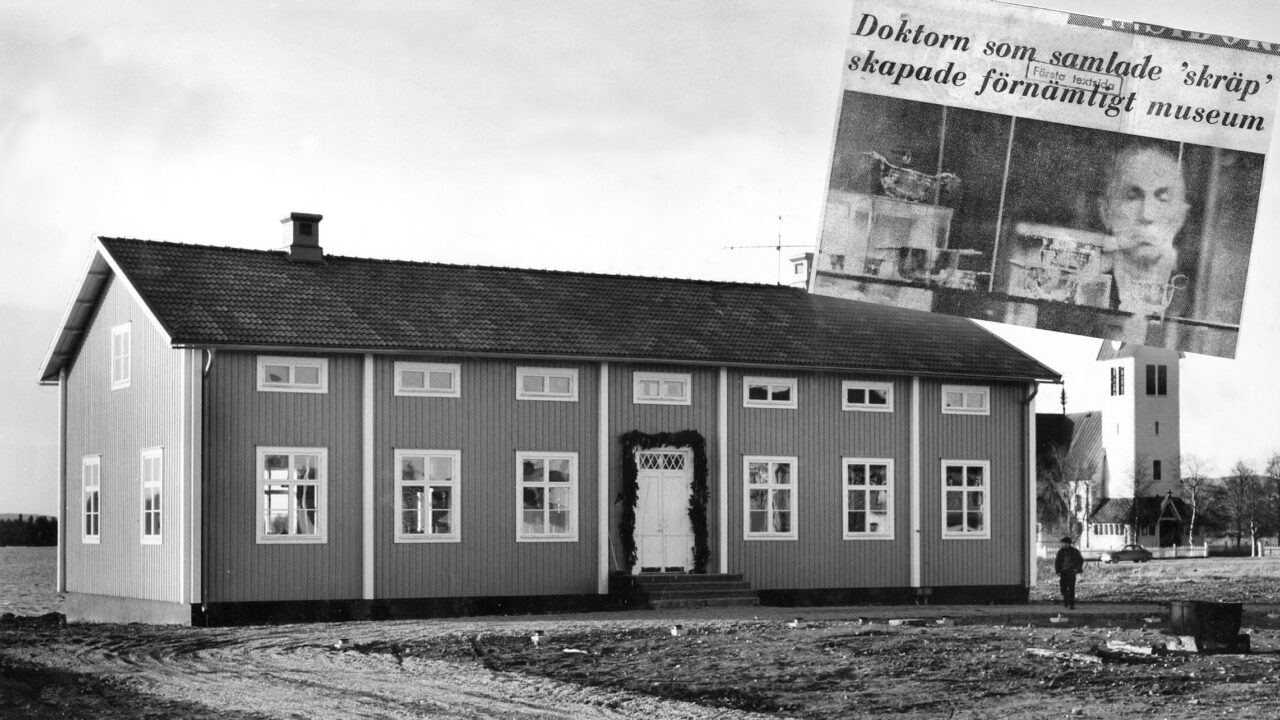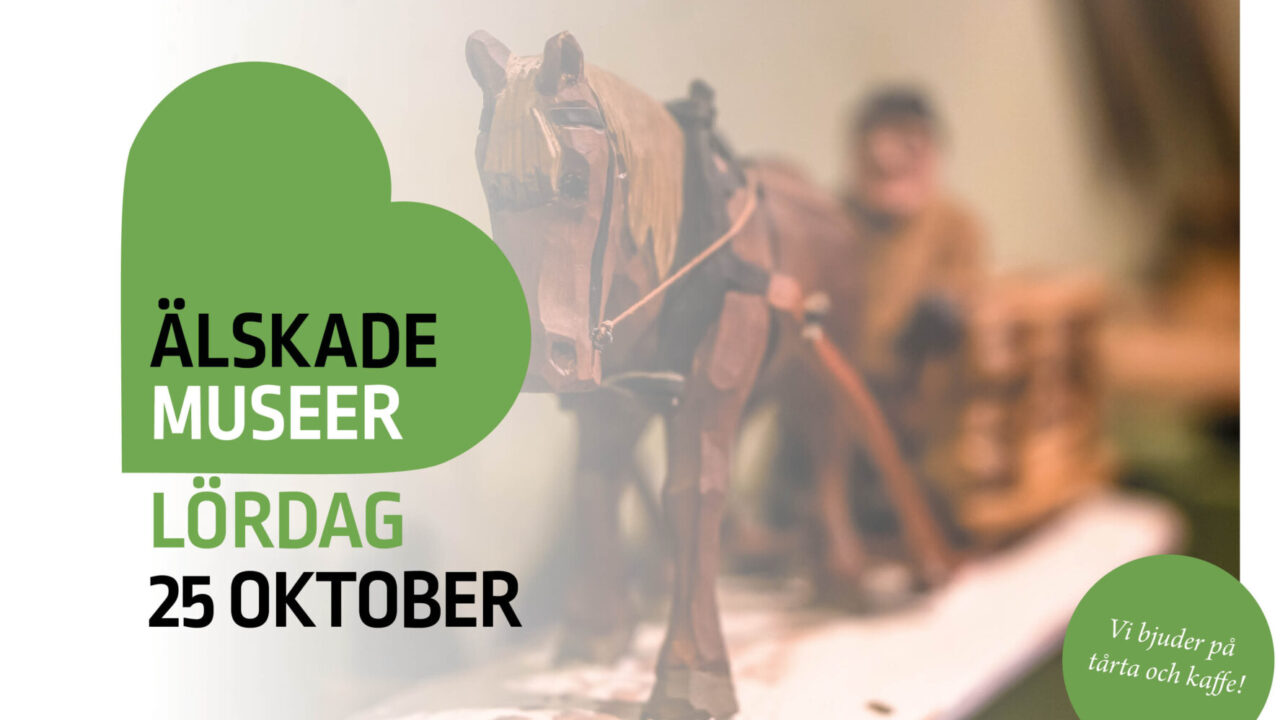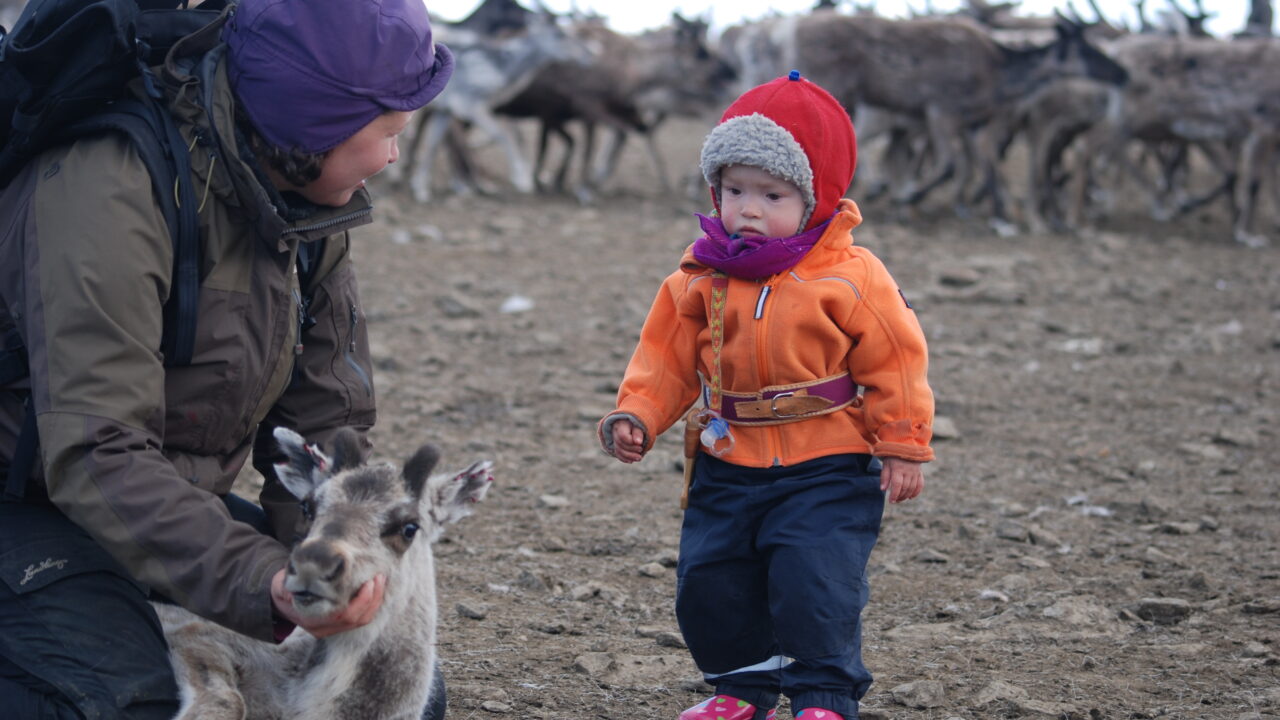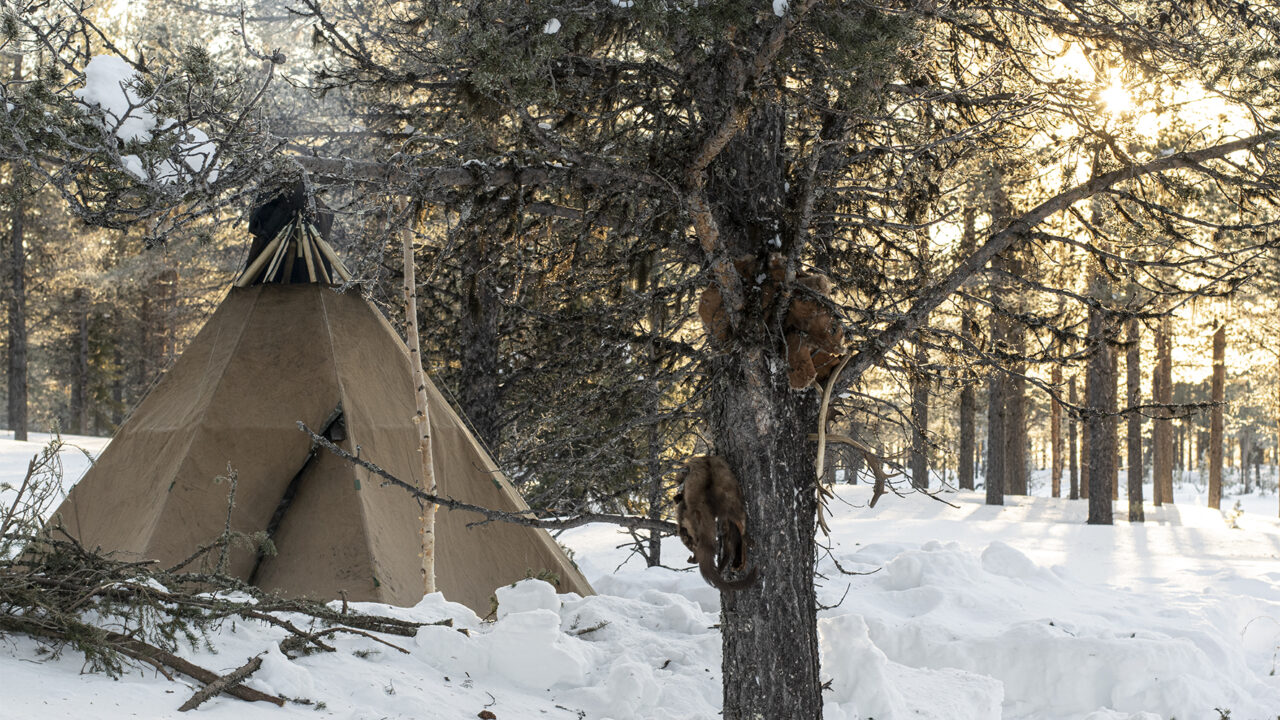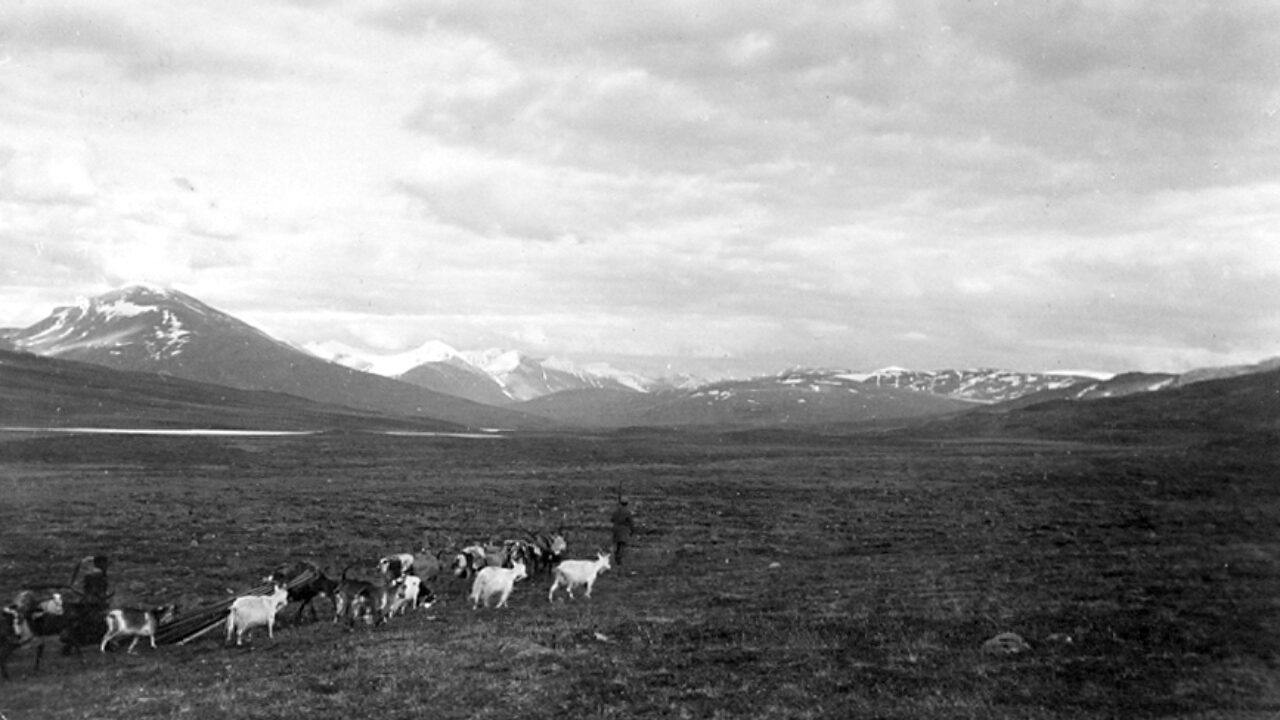Focus on the forest landscape of the future
What's new

Through the project Mähttse - Forest Landscape, where we work with local perspectives on forest landscapes, representatives of the Sami villages in Arjeplog and ten researchers with different specializations met on 15 to 16 June to discuss the target images for the forest landscape.
There is a consensus that the landscape perspective needs to be more clearly defined when planning forestry measures. This means that the entire landscape and the connections between different areas must be part of the dialog between forestry and reindeer husbandry.
Conditions for lichen have changed radically in our northern areas - research shows that around 70% of the lichen-richest areas have disappeared over the last 60 years. This poses major challenges for reindeer herding, which depends on natural lichen grazing. One explanation for the decline is the dense stands of planted forest that are now between 20 and 60 years old (about 60% of forests) where lichen does not grow very well as it does not get enough light.
The participants in the conference agreed that one of the most important issues to improve the condition of the forest landscape is to thin out these plantations so that the growth of lichen is preserved and promoted. This is important work that must be done in dialog between reindeer herding and large-scale forestry. The participants agreed that Sveaskog and the Swedish Property Agency have a particularly important role in this as representatives of state forestry.
On the first day, the talks and discussions were held in the landscape at Råvemårkan. On the second day, there was a gathering at the Silvermuseet for summarizing and concluding discussions.
I want to know more about the Mähttse - Forest Landscape project .




